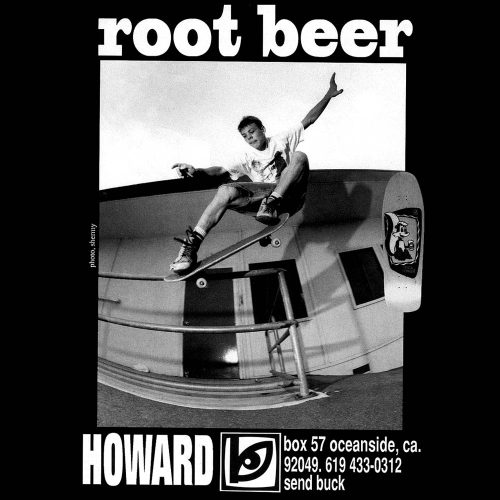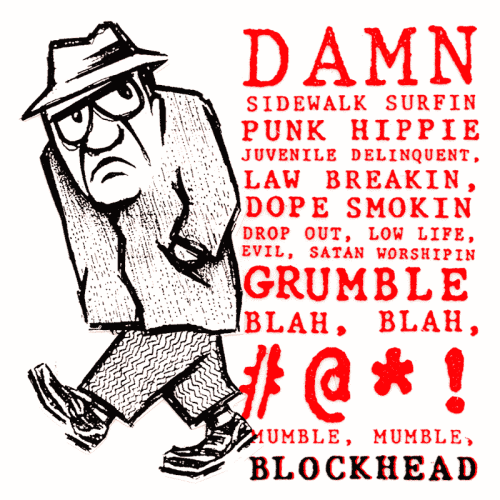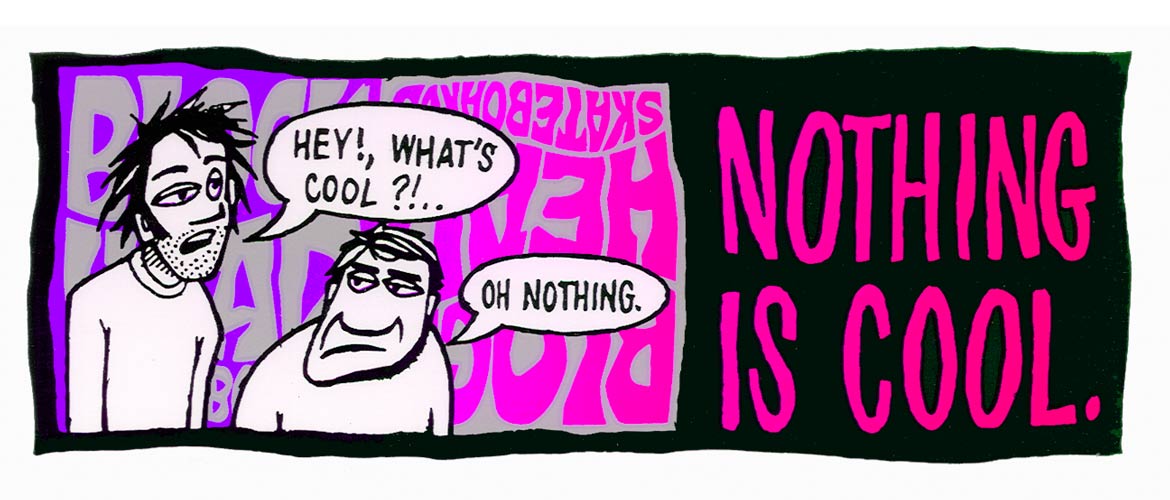




 In 1985, in a small northern California storage, Dave Bergthold based Blockhead Skateboards, a model that might go on to make an enduring mark on the skateboarding world. It began as a private challenge born out of a lifelong love for skating.
In 1985, in a small northern California storage, Dave Bergthold based Blockhead Skateboards, a model that might go on to make an enduring mark on the skateboarding world. It began as a private challenge born out of a lifelong love for skating.
Dave had been obsessive about skateboarding because the age of ten, however after two years of school and an uninspiring structure internship, he realized that his true calling wasn’t in workplace buildings however on the planet of skateboarding.
On the time, the skate business was in a lull, and main corporations had been nowhere close to Dave’s hometown. So, fairly than search employment, he requested himself, “Why not begin my very own firm?” Drawing inspiration from his grandfather, who had constructed Dave’s first skateboard, he determined to comply with a DIY method. With a modest $3,000—saved up from pizza deliveries and a few faculty cash—Dave launched Blockhead. His imaginative and prescient wasn’t nearly constructing skateboards; it was about creating one thing contemporary and inventive within the scene.
The primary yr was robust, however Blockhead was fueled by dedication. With the assistance of household and pals, boards had been screen-printed and shipped out from his mother and father’ storage. His residence telephone quantity was even printed in adverts, resulting in late-night calls from excited skaters abroad. Dave’s large gamble was spending a piece of his financial savings on a full-page advert in Thrasher journal, believing that nobody took a model severely except it stuffed a complete web page. The chance paid off, and Blockhead began to realize consideration.
As Blockhead grew, Dave introduced in pals to assist, together with long-time skate buddy Sam Cunningham and younger artist Ron Cameron, whose distinctive paintings would turn into synonymous with the Blockhead type. Collectively, they created memorable designs like Sam’s “Evil Eye” graphic, which helped set up the model’s visible id. In 1986, the corporate outgrew Dave’s storage and moved right into a cramped former dentist’s workplace in Roseville. There, Blockhead constructed its first mini-ramp, setting the stage for late-night classes that might form the corporate’s tradition.
By the late ’80s, Blockhead was driving excessive. The corporate added prime professionals Jim Grey and Mark Partain, together with rising star Omar Hassan, to its crew. The demand for his or her merchandise soared, significantly with the introduction of the Wild Issues wheels. As Blockhead expanded, it created the primary “Blockhead Ramp,” a legendary mini-ramp that turned a focus for the native skate scene.
In 1988, Blockhead obtained a “sponsor me” tape from a younger Canadian skater named Rick Howard. After watching it again and again, Dave and the crew knew they’d discovered one thing particular. Rick was instantly added to the roster, a choice that might show pivotal for each Rick’s profession and Blockhead’s legacy.
That very same yr, Blockhead was approached by Tracker Vans, which supplied to license the model and transfer the operation to Oceanside, California. Although Dave was hesitant to depart Northern California, the chance to take Blockhead to the subsequent degree was too good to move up. In January 1989, Blockhead relocated, taking with them their DIY ethos and hopes for larger success.
After the transfer, Blockhead launched its “Exhausting Occasions” line, one of many first price-point merchandise within the business. By utilizing single-color graphics and simplifying wheel printing, they had been capable of provide inexpensive skateboards with out sacrificing high quality. This method helped make skating extra accessible whereas nonetheless holding the model’s core values intact.
In the present day, practically 4 many years later, Blockhead remains to be thriving. Dave, now a veteran of the business, displays on the journey with pleasure: “We’re wanting again however charging ahead!” The corporate continues to reissue a few of its traditional designs, like the enduring Notch Nostril and Simply One other graphics, whereas additionally introducing new merchandise such because the Strip Mall Surfers and Clay Pigeons wheels.
Blockhead just lately launched a brand new full-length skate video that includes crew members previous and new, together with Laban Pheidias, Chris Lambert, Jesse Hotchkiss, and authentic crew members like Ron Cameron and Sam Cunningham. With visitor appearances by legends like Jeremy Wray, Rick Howard, and Omar Hassan, the video exhibits that Blockhead’s affect in skateboarding is as robust as ever. And to prime all of it off, Dave himself might be seen grinding down a mountain—proof that Blockhead’s adventurous spirit is alive and properly.
Blockhead could have began in a storage, however its impression has reached far past. Fueled by creativity, ardour, and the assumption that skateboarding ought to all the time be enjoyable, Blockhead continues to encourage skaters all over the place.
CHECK OUT OUR BLOCKHEAD COLLECTION HERE!

